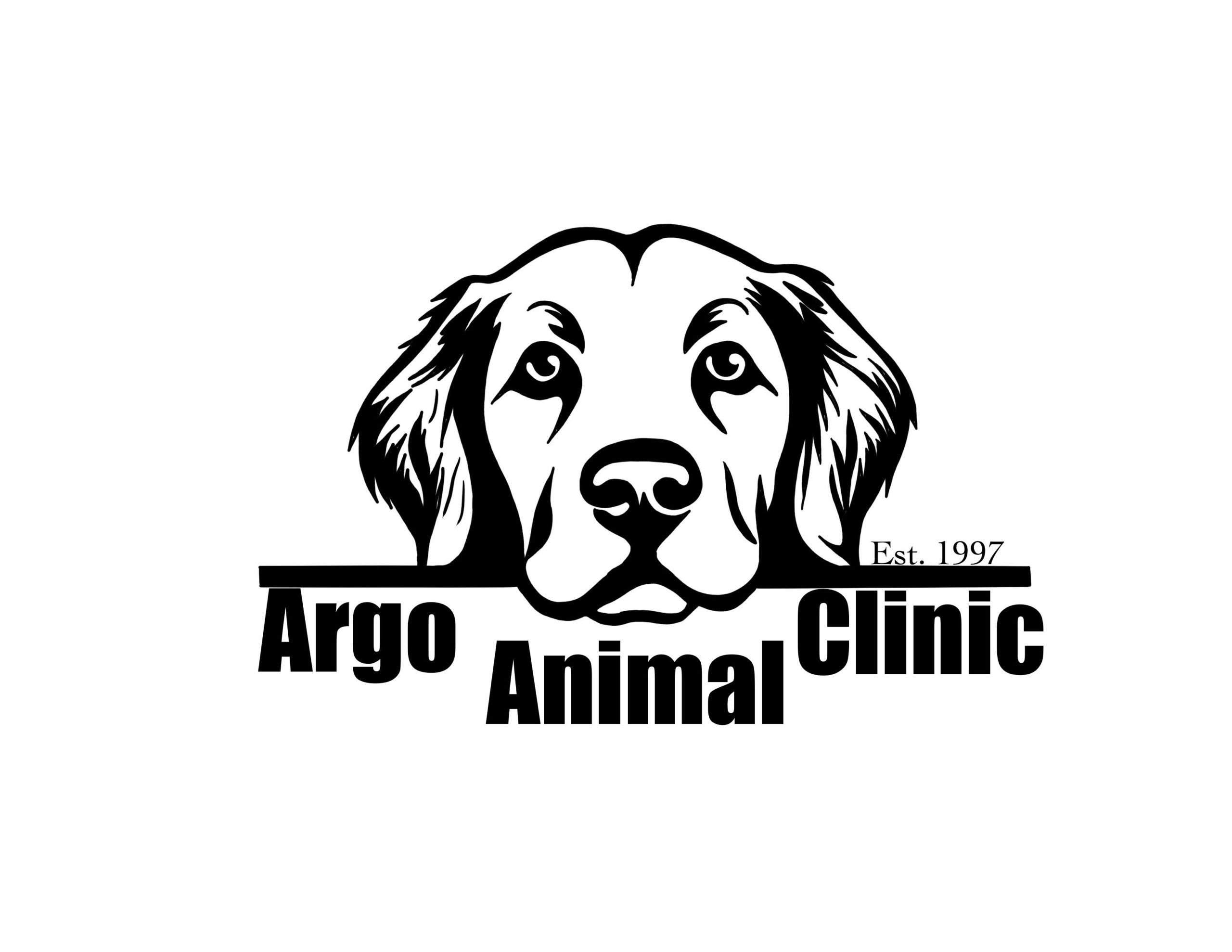Library
-
Telemedicine is the act of practicing medicine at a distance. Telemedicine can be offered in several different ways: telephone calls, text messaging, online chat, email consultations, and visits conducted through videoconferencing programs. While it is impossible to perform a complete, comprehensive exam during a telemedicine appointment, in many cases your veterinarian can gather enough information to arrive at a reasonable diagnosis and start treatment.
-
Terbutaline is a bronchodilator used to treat symptoms of asthma and other respiratory conditions in cats, dogs, birds, reptiles, and other animals. It is used off label (extra label) in veterinary medicine. Terbutaline comes in tablet form that may be compounded into liquid.
-
Testing testing 123
-
Wellness testing, performed routinely on apparently healthy birds, screens for underlying, hidden problems. Veterinarians also use test results in conjunction with physical examination findings and the owner's account of the bird's history to diagnose illnesses. Blood tests include the complete blood count and chemistry profile. Other tests your veterinarian may use to assess your bird's health and diagnose disease are discussed.
-
Tetracycline is given by mouth and is used off label to treat bacterial infections and inflammatory skin conditions in many animal species. The most common side effects include nausea, vomiting, diarrhea, and lack of appetite. Do not use in pets that are allergic to it or other tetracycline antibiotics, or in pregnant animals, especially in the first half of pregnancy. If a negative reaction occurs, please call your veterinary office.
-
This handout summarizes the differences between brand name and generic medications. Included is an explanation as to why both forms of medications exist, as well as things to watch out for when opting to use or request a generic medication. Cost savings for generic medications are also discussed.
-
Secondhand smoke is not just detrimental to people but also our pets. Pets may be even more sensitive, due to their enhanced smell and different anatomy and physiology. Cancer risks are significantly higher in pets exposed to secondhand smoke.
-
Complete and accurate medical records are like a medical diary for your pet. The ability to review your pet’s medical history before the first appointment will allow your new veterinarian to provide exceptional care that is tailored and timely. You can request that your previous veterinary clinic send your pet's records to your new veterinarian.
-
Tobramycin ophthalmic is an antimicrobial medication used to treat eye infections in cats, dogs, and exotic companion animals. Tobramycin ophthalmic comes in ointment and liquid drop suspension form. Caution when using this medication in pets with kidney disease and/or glaucoma. Do not confuse this medication with combination products containing tobramycin and a steroid.
-
There are approximately 35 (or more) species of toucans and toucanets, including the smaller, slender aracari. Their most outstanding feature is the large, elongated, hollow beak that varies in coloration from black to multicolored. Hand-raised babies that are well-socialized make charming, affectionate pets, whereas wild toucans are very challenging to tame. They require a large horizontal cage with lots of perches, as they are very active, curious, and enjoy hopping from perch to perch. However, they can be aggressive with other birds and are known to occasionally kill and eat smaller species, such as canaries and finches. Toucans and toucanets require regular, routine veterinary health check-ups.
